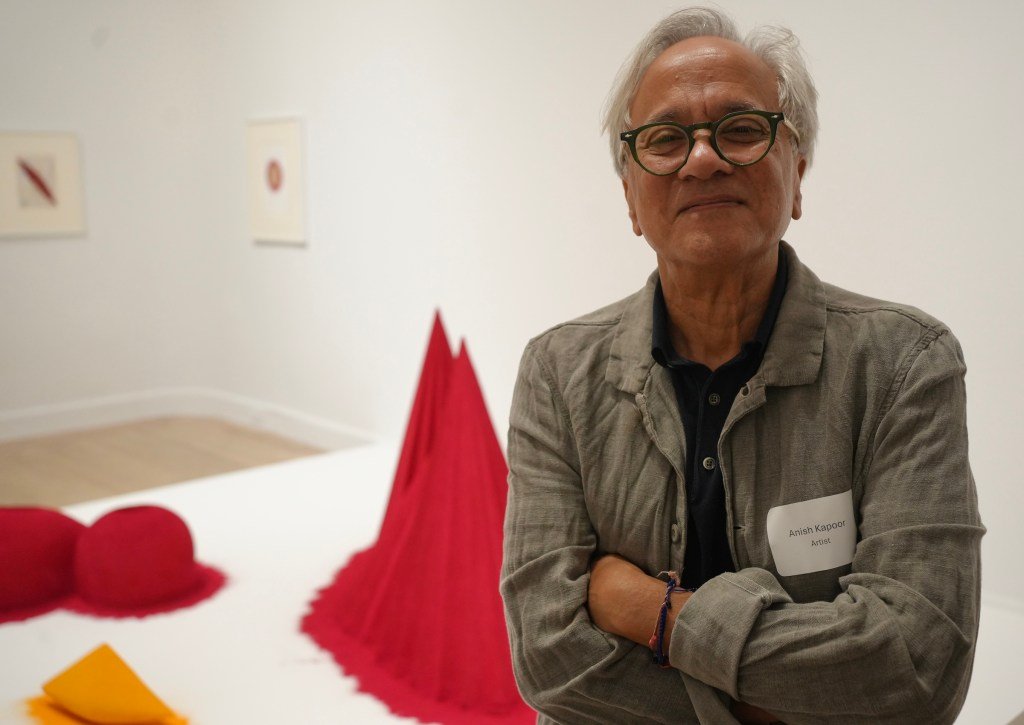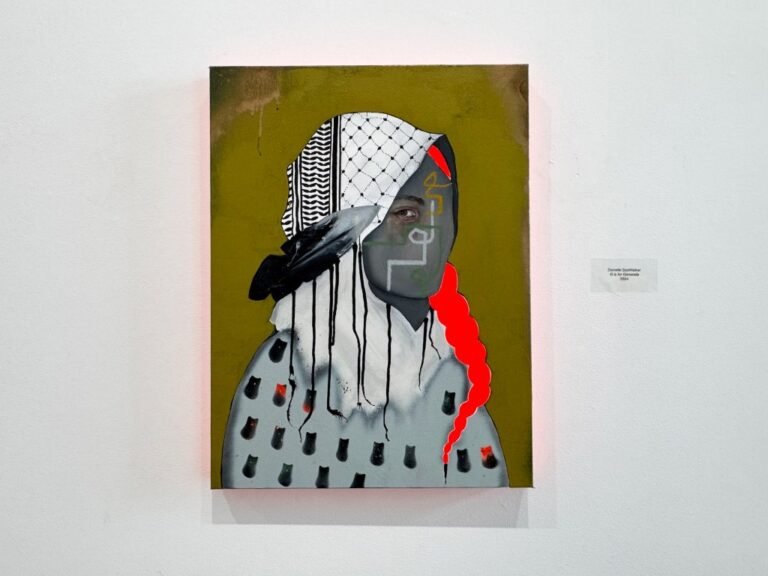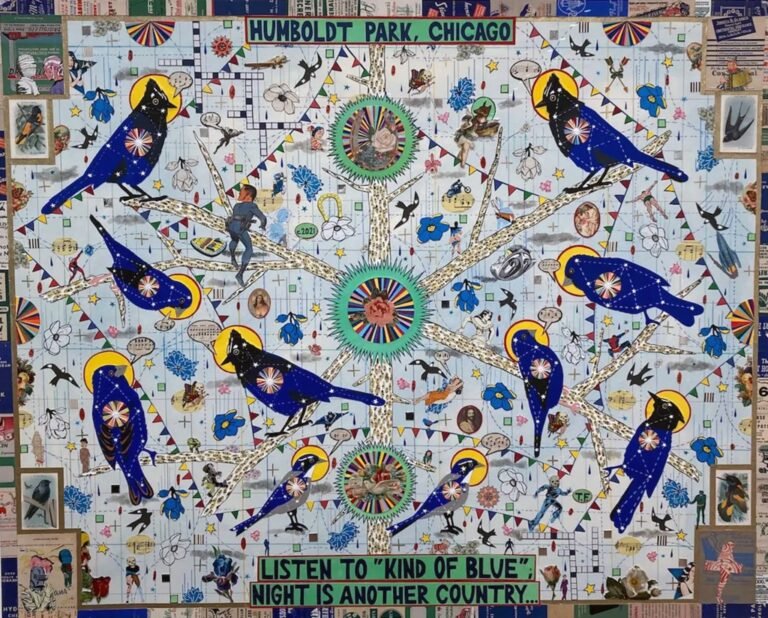

Anish Kapoor has spent a six-decade career exploring the universe’s voids, but this week, he was contemplating what it means to be Jewish.
The British conceptual artist’s striking pigment sculptures and depth-defying small forms will be on view in the exhibition Anish Kapoor: Early Works at the newly expanded Jewish Museum, which opens to the public on October 24.
At a preview for his exhibition, Kapoor, who was raised in a Hindu-Jewish household in Mumbai before moving to a kibbutz in Israel, then leaving for London in the 1970s, acknowledged that embracing one’s Jewish identity while opposing Israel’s catastrophic destruction of Gaza in the aftermath of Hamas’s October 7 attacks evoked complicated feelings.
“The sad truth is with the contemporary reality of the war in Palestine, it’s very hard to properly step up to both Jewishness and say I’m deeply against what’s going on, but it’s important that it happens,” Kapoor told Hyperallergic. “It mustn’t be misinterpreted as anti-Jewishness or antisemitic. It’s anti-war and pro-human.”

The Jewish Museum has also struggled with embracing its mission to educate the public about the diversity of Jewish culture while its community remains divided over Israel’s war in Gaza. Last year, anti-Zionist protesters crashed an artist talk with Israeli artist Zoya Cherkassky.
The museum’s newly designed building — which includes two new floors dedicated to its vast collection of artwork, historical artifacts, and ceremonial items — offers a fresh opportunity to wrestle with such tensions.
The $14.5 million renovation, which took about a year to complete, roughly doubles the amount of public space inside the former Felix M. Warburg mansion on Fifth Avenue and East 92nd Street. It was the brainchild of Director James Snyder, who joined the institution in August 2023 after a decade as deputy director at MoMA and more than 20 years as director of the Israel Museum.
“Our job, particularly for culturally specific museums, is to be the antidote to what is essentially a pandemic of racism and xenophobia that’s prevalent everywhere right now,” Snyder told a crowd of media and museum staffers on Tuesday.

The first two floors of the building are dedicated to temporary exhibitions, currently Kapoor’s works and activist artist Ben Shahn’s retrospective, while the third and fourth floors will include items from the museum’s permanent collection.
More than 200 works from the museum’s collections are arranged across the museum’s third floor, spanning the Bronze Age to modernity, including paintings by Marc Chagall and Mark Rothko and a Philip Johnson-designed torah ark that once resided in a Westchester County synagogue. A 1936 Alice Neel painting, “Nazis Murder Jews,” depicting the Artists Union protesting against fascism, arrived via loan last week and was hung next to other 20th-century masterworks this past weekend.
“These artists are expressing the trauma and euphoria of the diaspora,” Snyder said. “This is the trauma wall,” he said, pointing to Neel’s painting, and added, turning to the Chagall painting, “this is the euphoria wall [pointing to the Chagall painting].”

The fourth floor, meanwhile, features a 7,000-square-foot education center with a dramatic open storage room of 130 Hanukkah lamps from around the world, portraits and landscapes from prominent artists such as Alex Katz, and an immersive archaeological dig room designed by Koko Architecture + Design allowing children and their families to search for oil lamps and other artifacts in mounds of rubble (felt fedora not included).
“What institutions decide to collect and display says a lot about an institution’s values,” Chief Curator Darsie Alexander said at the press preview. “We also like drama. We focused on objects with the most powerful personal stories.”

It was simply a matter of happy timing that the opening of Kapoor’s exhibition on the museum’s second floor, left untouched by the renovation, coincided with the museum’s reopening.
But the museum’s additional gallery space should also provide more opportunities for Jewish contemporary artists to reach a wider audience, as well as continue to tell the story of their identity. As Snyder put it, Talia Levitt’s site-specific 20-foot mural in the fourth-floor salon, “Making Itself” (2025), is just as crucial to the museum’s narrative as the hundreds of menorahs and torah adornments in its archive.
The work is a museum commission, part of a series in which artists create works responding to objects from its collection. The acrylic painting is a tableau that includes artifacts and animals as well as the artist herself. “She included an image of herself painting Central Park across from us, connecting our narrative to who we are and where we are,” he said.


